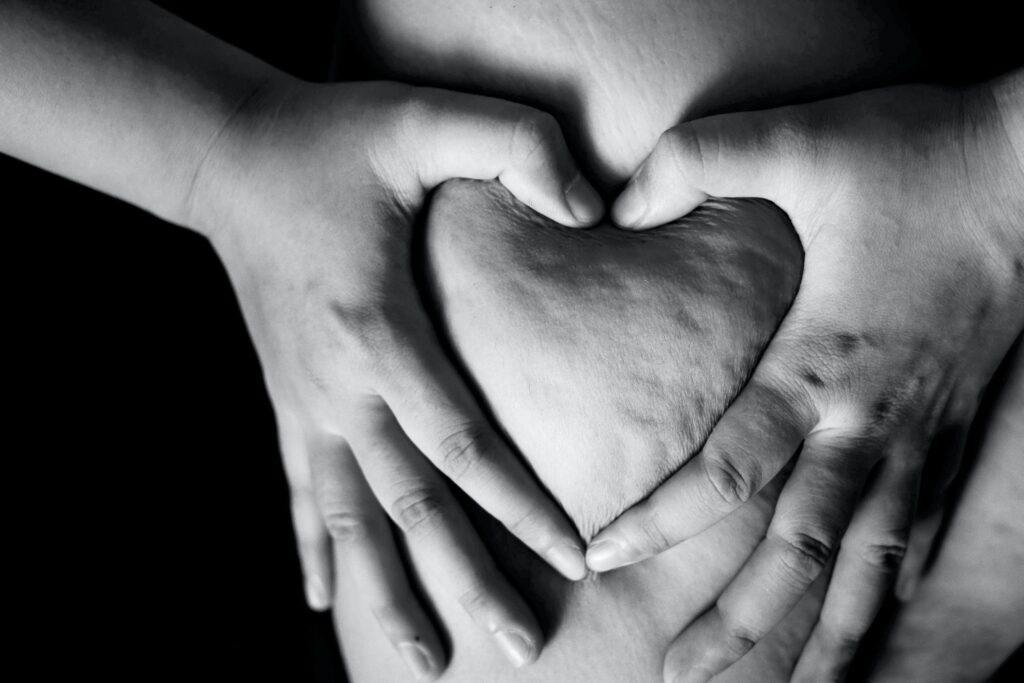
5 Love Languages for giving and receiving love
Relationships are complex, ever-changing experiences we share with others.
How we give and receive love in our relationships differs from person to person. This can also change as we grow through life. Typically, we have 1 or 2 primary love languages although these can vary between our partner, a friend, or a family member.
So what actually are love languages?
The 5 Love Languages is a concept developed by Dr. Gary Chapman which covers 5 different ways of expressing and receiving love: words of affirmation, acts of service, gifts, quality time, and physical touch.
If you’re interested in identifying how important each love language is to you, you can take the official love language quiz.
Let’s take a look at each love language:
1. Words of Affirmation
This love language means you deeply appreciate written or spoken words from others, and you express your love to others in this way. Communicating regularly is important for you to feel validated, safe, and secure in your relationships.
A meaningful compliment or a heartfelt card are examples of words of affirmation in practice. Additionally, sentences beginning with ‘I appreciate it when you…’ or ‘It meant so much to me when you…’ will mean a lot to you.
2. Acts of Service
Actions speak louder than words, and the same is true for this love language. It’s all about demonstrations of love like helping out with chores when you can see that your partner or friend is busy or simply making them a cup of tea!
By doing something small (or big) like this, you’re showing others how much they mean to you and that you want to be there for them. And you also have a deep sense of gratitude when others do this for you.
3. Gifts
Disclaimer: if this is you or your partner’s love language, it doesn’t mean that you’re materialistic or greedy! Gift giving (and receiving) is the act of giving someone you love a thoughtful item to show them that they matter to you.
This could be something small or large, inexpensive or expensive. The gift is a symbolic reminder of love and means a lot to the person you’re giving it to as it may be a reminder of a special memory you share together. Surprising someone with flowers, their favourite treat from the bakery, or secretly buying an item they liked in a shop are just a few examples of gift giving.
4. Quality Time
In a world full of distractions from phones to general busyness and responsibilities, showing and receiving love through quality time makes a lot of sense. If this is your love language, you find it most meaningful when you have the undivided attention of your loved one. You’ll also make a commitment to showing up with your presence when you spend time with others.
This love language is centred around togetherness, through making eye contact, engaging in active listening, and making plans.
5. Physical Touch
Physical expressions of love can look like an intentional hug, holding hands, or even a shoulder squeeze. This love language is often assumed to focus on sexual intimacy, although this isn’t always the case.
Nonverbal expressions of love can be a great way to reconnect with your loved one after a disagreement, and for some it can feel easier than verbal expressions. Physical touch like cuddling is known to release oxytocin, the feel-good hormone.
All relationships require healthy communication, so letting your partner, friend, or family member know what your love language is can help them understand and appreciate how you like to receive and give love.
Our love language can vary depending on the relationship, so you may find that your primary love language with your partner is words of affirmation, whereas with a friend it could be quality time.
Love really is all around us when we have an awareness of all the different ways it can be shown!
Check out the rest of our Wellbeing & Relationships blogs.


